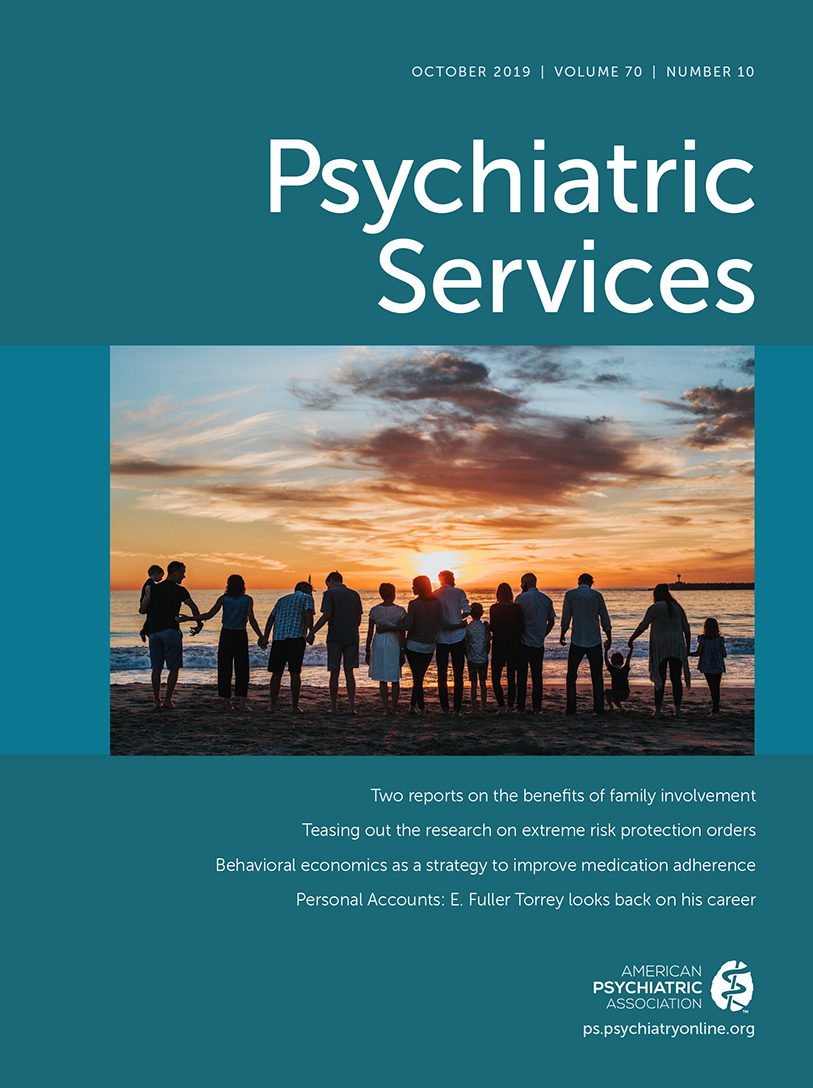Designing Safer Use of Antipsychotics Among Youths: A Human-Centered Approach to an Algorithm-Based Solution
Abstract
Objective:
Guidelines recommend against prescribing antipsychotics without an indication, yet prescription rates remain undesirably high for youths. Information technology can facilitate guideline-based prescribing, but little is known about providers’ needs. The Safer Use of Antipsychotics in Youth project is implementing an algorithm-based workflow for peer consultation, care navigation, and expedited psychotherapy access. To optimize workflow for a multisite trial, we engaged providers for input.
Methods:
Guided by human-centered design, we interviewed 15 providers from Kaiser Permanente Washington and Nationwide Children’s Hospital about their prescribing barriers and workflow preferences. We identified qualitative themes on barriers affecting implementation and design opportunities to optimize workflow.
Results:
Providers expressed two major barriers: potential disruptions to clinical practice and threats to professional autonomy. Three design opportunities emerged: à la carte orders, passive review of orders, and consultation self-acknowledgment.
Conclusions:
Human-centered design offers an innovative approach to improve guideline-based prescribing with optimizations that are grounded in providers’ needs.



